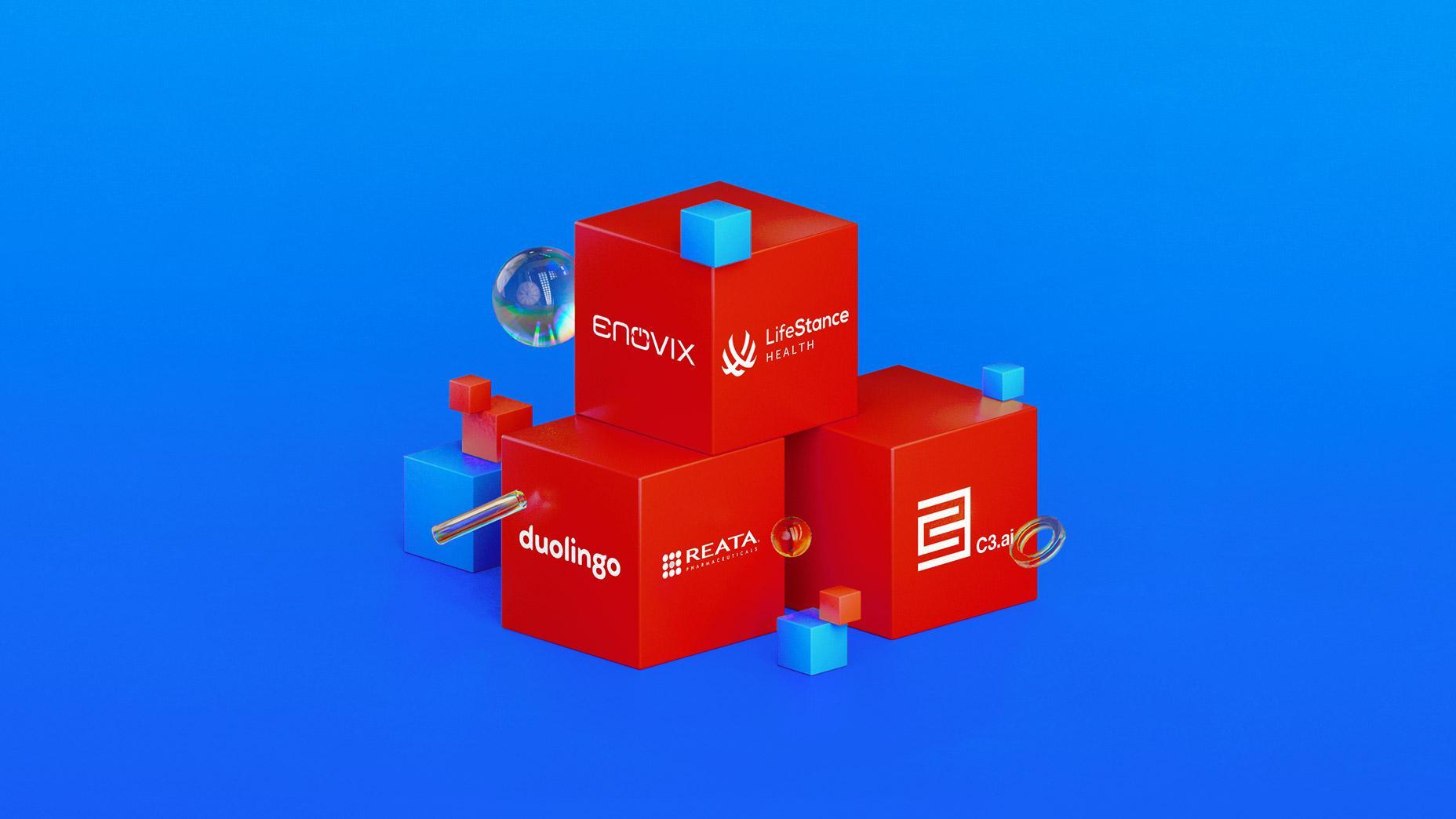Essential Corporate Actions Investors Need to Understand
6 minutes for reading

The stock value is influenced not only by economic, political, or geopolitical events but also by corporate actions. What are corporate events, and which of these might investors find interesting?
We should note that some actions from the list below can have an insignificant influence on the value of a stock, while others may force it to plummet or skyrocket.
The following are considered major corporate actions:
- Financial statement release
- Meetings of the board of directors
- Ex-dividend date
- Dividend distribution
- Stock split
- Reverse split
- Additional issue
- Mergers and acquisitions
We will now analyse each of these actions.
Financial statement release
Companies publish their financial statements over the previous reporting period. Statements are usually published in the morning before the start of the trading session or in the evening after it is closed. This is done to avoid significant surges in prices.
After financial statements are released, investors and traders have enough time to prepare for trading and make decisions on their further activities. As a rule, trading sessions after financial statement releases are opened with a price gap. The reporting periods are the following:
- Quarterly
- Half-yearly
- Yearly
Financial statements published by companies influence their stocks in direct proportion to the profit they have received. In theory, good numbers take stock prices higher and vice versa.
However, in the real world, it might happen in the opposite way, and the reason is that companies try to overstate or understate their financial performance. They do this for different purposes, one of them being to attract investors.
Meetings of the board of directors
Just like financial statements, board meetings during which the board of directors discusses the company's current state and future also have a significant influence on stocks. Several important decisions are made during the meeting, such as setting the Ex-dividend date, deciding on the dividend distribution, possible mergers and acquisitions, and stock splits.
The date and agenda are usually announced at least three days before the meeting, while the results are published three days after.
Ex-dividend date
The ex-dividend date is the last date on which an investor has to own shares to receive dividends (closure of shareholders register). After the ex-dividend date, the final list is formed of the shareholders who will take part in the dividend distribution.
Speculative traders are sometimes cunning, buying shares several days before the ex-dividend date for the purpose of receiving dividends since the duration of the share ownership does not matter and has no influence on the dividend distribution. As a rule, dividends are distributed within a month after the ex-dividend date.
Dividend distribution
On this day, traders or investors receive dividends paid into their accounts. The sum depends on the decision made during the board of directors meeting and is calculated based on the company's financial performance. Dividends can be paid not only when the company performed well, but also when its financial statement is negative.
Stock split
The stock split divides the value of each of the outstanding shares of a company. In this case, the capitalisation remains the same but the number of shares increases. This procedure is performed to decrease the cost of one share. The cheaper the shares, the more retail investors can buy them. As a result, shares become more liquid on the stock exchange and more attractive to traders and investors. An upcoming split means that the company is doing well and its financial performance is positive.
The stock split procedure is as follows:
- Recommendations on the stock split are tabled for discussion during the meeting of the board of directors
- The decision on the stock split is approved at the general meeting by voting and the stock split is thereafter approved by the majority of votes
- The board of directors decides on issuing additional shares
- All the necessary documents are registered
- The required number of shares is issued
- The company introduces any changes made to its certificate of incorporation relating to the number and cost of the shares
The stock split does not influence the profit made by traders or investors, and this is why no specific trading strategies are created for such actions. Nevertheless, some traders buy shares after the stock split hoping for quick growth.
The decisions on the upcoming stock split can be found on companies' websites or publicly available sources on the Internet. If you are already a shareholder, you will be notified by your company.
Reverse split
A reverse split is a merging of several shares into one. This rarely happens on the stock market and indicates that the company isn't doing well.
Another scenario of a reverse split is mergers, acquisitions, or pooling. As a rule, a reverse split makes companies lose their investors' trust.
Additional issue
The additional issue of shares entails issuing new shares in addition to already existing ones. In this case, shareholders' shares are diluted.
The key objective of the additional issues is to attract additional funds for the company's development or to pay existing debts.
Key results of additional issue:
- Attraction of new investors by increasing the number of floating shares
- Changes in the company's own capital
- Changes in the profit per share to the downside
- Changes in shareholders' influence on the company management If an investor owns 51% of the initial quantity of shares, an additional issue may reduce this number and deprive them of the advantages
Additional issue indicates that the company is facing financial problems. However, there are exceptions: the company may issue an additional block of shares to boost its development or implement new projects.
Mergers
A merger occurs when two or more companies combine into one with all parties involved agreeing to the terms. Usually, one company surrenders its stock to the other. Thereafter, a new corporation is formed that's a legal successor of the merged companies.
The key purpose:
- Better competitive environment
- Improvement in the output quality
- Diversification of production and risks
- Increase in creditability
- Growth in the company's value and its shares
- Innovations and expansion of the company's product range
After the merging procedure, a new corporation appears on the market, which is a legal successor of the merged companies. As a result, the market may get a new product/service of high quality or cutting-edge technologies.
Closing thoughts
It's quite difficult to keep track of all corporate actions when looking for a company to invest in, but one can choose the most important ones to focus on. It often happens that the price of shares may rise or fall before the ex-dividend date or dividend distribution. Investors can monitor the payment schedules of different companies and make investment decisions based on these.
Категории
Последние публикации
Discover How Warren Buffett Adjusted His Investment Holdings in the Second Quarter: New Additions and Complete Sell-Offs
The Public Offering of Justworks, Inc.: A Deep Dive into its Innovative Cloud-Based Accounting Management Platform and its Investment Appeal on 12 Jan...
Delve into the Forces Shaping the Gaming Industry: Insights on Engine Gaming, SciPlay, Sea, Roblox, and Electronic Arts.
Peloton Unveils Business Overhaul with Leadership Change and Cost-Cutting Strategy: Targeting Growth or Setting the Stage for Acquisition?
Weekly News Roundup: Salesforce, Okta, Chewy, and Crowdstrike Release Quarterly Results; Microsoft Reduces Quarterly Forecast - How Did Their Stocks R...






